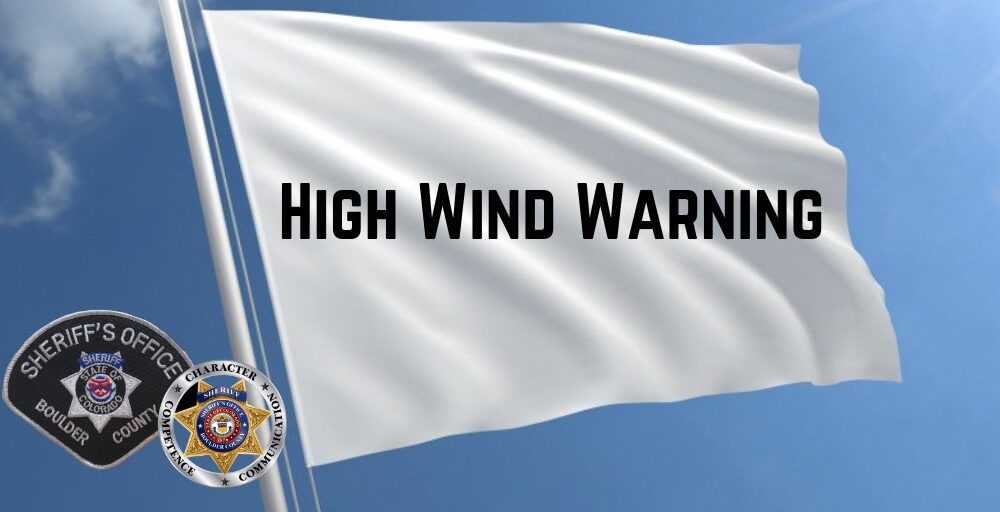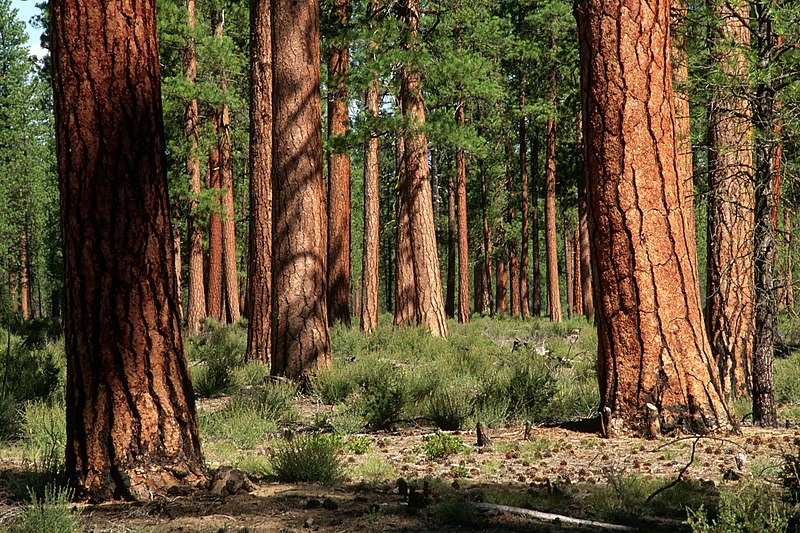Whew! Summer is over, and 2023 was a wet one. We dodged another wildfire season, right? Not!
There really is no “wildfire season”. Boulder County has seen wildfire during every month of the year. So, get out the trash bags, the ladders, the rakes, the blowers, and the mower or weed whacker, and get busy mitigating:\
Check Your Roof and Gutters. Our fierce winds can exact a toll on your roof. Do you have any missing shingles that need to be replaced? Embers can smolder on exposed plywood leading to ignition. Don’t forget your gutters! Gutters can fill up with pine needles, leaves, branches and other debris. Get out the ladder and clean them out so they don’t turn into fuel. Or hire a handyman to help you out. While you’re at it, check your eaves and remove bird nests. They’ll rebuild in the spring.
Examine the Condition of Your Walls. Check your siding for gaps and cracks that have widened over the past year. Caulk or patch any gaps more than 1/8-inch wide that could allow embers to accumulate and smolder. Again, remove bird nests on your outdoor lights, relocate any bird houses attached to your house.
What’s Up Against Your Walls? Keep the Base of Walls clear of “kindling”. Now’s the time for aggressive raking to remove leaves, pine needles and debris that have collected at the base of your walls. Remove any dried-out vegetation and rake out any wood mulch that’s within five feet of the house. If embers are blowing, you don’t want them to igniting any material near your home.
Look at the Deck. Is it time to replace your table or chairs? Consider noncombustible materials like metal for your furniture as you plan your purchases. Don’t leave out items that could catch on fire like cushions, rugs, or foot mats.
Look Under the Deck. Have you stored things underneath the deck? The area below your deck is a point of vulnerability. Make sure to remove all combustible vegetation and items that might have piled up. Even non-combustible items can trap dry material which could be ignited by blowing embers. Now’s a good time to do some clean-up!
Trim Your Grasses. Get out the weed whacker! This year’s moisture has lead to grasses growing at a furious rate. By keeping your grasses in the first 30 feet around your house trimmed to less than six inches, you’ll help protect your home. Homes have been saved through this simple maintenance action by reducing the blaze to a low-level ground fire. Grasses that are allowed to grow and dry out can be tough to cut, so staying on top of them while they’re green and growing will make our life easier.
Ladder Fuels. Small trees along with shrubs and shoots are considered ladder fuels since fire uses this vector to climb off the ground and into taller vegetation. When they ignite, fire can and spread to into the crowns of big trees. Removing them while they are small just requires a few minutes of time with a good hand saw or pair of loppers.
Prune Your Shrubs and Trees. Woody shrubs touching and near your home pose a risk of ignition and need to be pruned regularly. Take a look at the conifers near your home — are there limbs low to the ground that could ignite from a ground fire? Removing branches will ground limit the risk (remember ladder fuels?). Prune up to 10 feet in the forest or 3 feet on a lawn. Remember, though, to never limb more than 1/3 the height of the tree.
Mitigation is contagious. By working on mitigation, you’ll be a role model for others in your neighborhood to do the same!



Comments are closed.